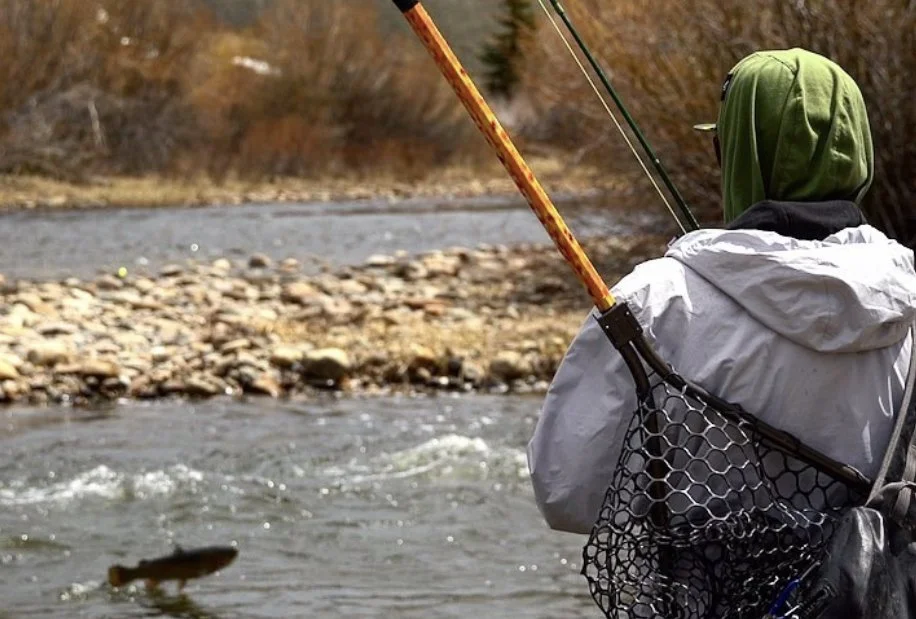The Art of Fighting Fish : 5 Tips to Catch More Trout | Fly Fishing for Beginners
Do you or a loved one struggle with bad hook sets? Maybe you set the hook too soon, too late, or worse, you lose fish before they even make it to the net. If that sounds like you, don’t worry—you're not alone. But today, we're changing that narrative. We're going to talk about four key tips that will revolutionize how you hook, fight, and release fish. While you’ll still miss a few along the way (that’s just part of the learning curve in fly fishing), these tips will help you get more fish to the net.
1. The Hook Set
The hook set is crucial and often overlooked, a mis-timed hook set can be the reason that big brown got away so remember, It’s a subtle move, but it makes all the difference in your success rate. When you see a fish take your fly, don't yank the rod like you’re setting a hook in bass fishing. Instead, use a firm but controlled lift of the rod. This method ensures the hook sets properly without yanking it out of the fish’s mouth. When nymphing anytime your indicator goes under you should set the hook, when fishing drys patience is the name of the game, and watching that fish close his mouth before setting is the most important thing to focus on.
2. Maintain Line Tension
One of the most common issues anglers face is not keeping enough tension on the line. Picture this: you set the hook, but then you let the line go slack. That’s all it takes for a fish to shake the hook and swim off. Without tension, the hook is barely in there, giving the fish an easy escape. So, keep that line tight—your chances of landing the fish increase dramatically when you do.
3. Put the Fish on the Reel
Reels may just be fancy line holders most of the time, but when a fish gives you the chance, use the reel. If the fish pulls out enough slack, reel it in. The reel’s drag system can help you manage the fight, allowing you to focus on rod angles and keeping the fish away from trouble spots. Remember, if you have the opportunity, get that line on the reel.
4. Control Your Rod Angle
You've probably heard the advice to keep your rod tip high, and while that’s useful for maintaining tension, it’s not always the most effective way to fight a fish. Instead, try applying side pressure by angling the rod to the side, opposite the direction the fish is heading. This technique gives you more leverage and helps you guide the fish toward the net faster. Just remember, you don’t need to go full samurai mode—consistent, gentle pressure will do the trick.
5. Guide, Don’t Fight
Think of fighting a fish as guiding it toward the net rather than battling it out. Fly rods aren’t designed for brute force like conventional tackle. Instead, they’re meant to gently steer the fish where you want it to go. Use that side pressure we mentioned earlier to guide the fish, and before you know it, you’ll have it in the net.
Final Thoughts
Hook sets are all about finding that perfect balance—not too soft, not too hard, just right. With practice, these techniques will become second nature, helping you put more fish in the net each time you hit the water in Colorado. And remember, when in doubt, set the hook! You’ve got nothing to lose and everything to gain.





